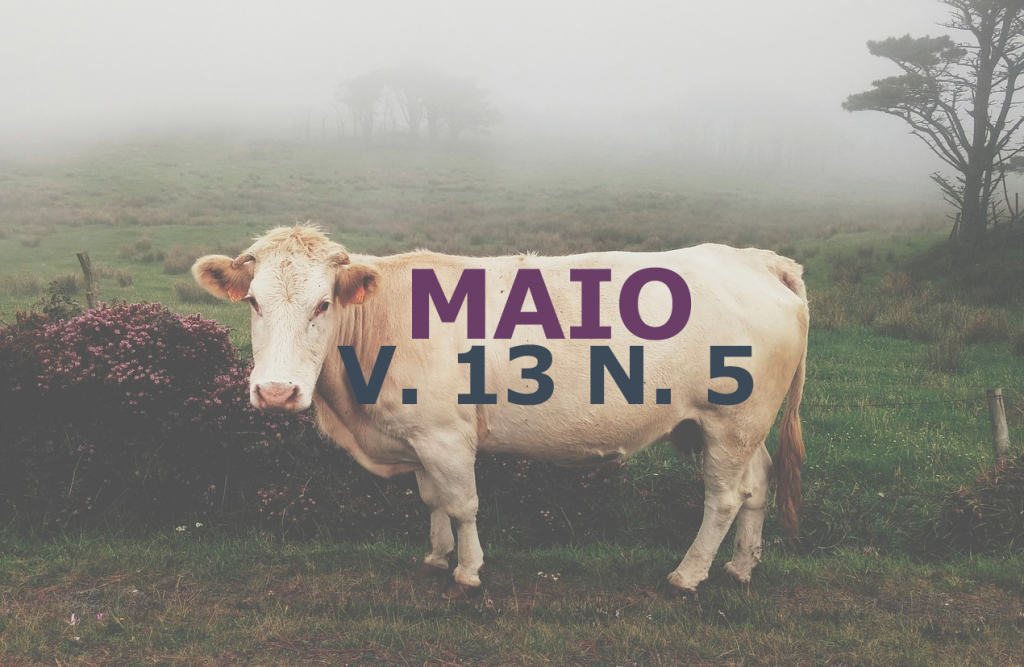Microbiological characteristics of the water and surfaces of drinking fountains of the Federal University of Paraná – Palotina sector
DOI:
https://doi.org/10.31533/pubvet.v13n5a339.1-8Keywords:
hygiene, indicators, pathogens, public healthAbstract
Water can serve as a vehicle for several pathogens to humans and the contamination of poorly sanitized equipment surfaces can contribute to poor microbiological quality of water. The aim of this research was to assess the hygienic-sanitary quality of drinking water and drinking fountain surfaces of the Federal University of Paraná - Sector Palotina. A Standard Operating Hygiene Procedure (PPHO) was established for the hygiene of drinking fountains and training was applied to the sector responsible for the hygienization standardization. There were 392 evaluations of 24 drinkers distributed throughout the Sector, totaling 784 microbiological analyzes of surfaces and 37 of water. The evaluated parameters were: count of aerobic mesophilic microorganisms and total coliform, thermotolerant and Escherichia coli. All drinkers (100%) had mesophilic aerobic microorganisms counts above 30 CFU/cm2 in at least one of the evaluations performed. Of the 24 drinkers, 17 (70.8%) had total coliforms, seven (33.3%) had thermotolerant coliforms and in six (25%) the presence of Escherichia coli was verified. Of the water samples, 31 (83.8%) were adequate for consumption. All drinking fountains were unsuitable for use; however the microbiological quality of the water did not appear to have been affected. The results can be a reflection of the great flow of use of the equipment, as well as the proximity to sanitary facilities. Therefore hygiene-sanitary monitoring activities of water and drinking fountains and continuous training and verification work are important.
Downloads
Published
Issue
Section
License
Copyright (c) 2019 Carolina Dias Rodrigues, Ana Paula Perin, Mallu Jagnow Sereno, Kadigia Pegoraro, Thiago Henrique Bellé, Emanoelli Aparecida Rodrigues dos Santos, Vinicius Cunha Barcellos, Luciano dos Santos Bersot

This work is licensed under a Creative Commons Attribution 4.0 International License.
Você tem o direito de:
Compartilhar — copiar e redistribuir o material em qualquer suporte ou formato
Adaptar — remixar, transformar, e criar a partir do material para qualquer fim, mesmo que comercial.
O licenciante não pode revogar estes direitos desde que você respeite os termos da licença. De acordo com os termos seguintes:
Atribuição
— Você deve dar o crédito apropriado, prover um link para a licença e indicar se mudanças foram feitas. Você deve fazê-lo em qualquer circunstância razoável, mas de nenhuma maneira que sugira que o licenciante apoia você ou o seu uso. Sem restrições adicionais
— Você não pode aplicar termos jurídicos ou medidas de caráter tecnológico que restrinjam legalmente outros de fazerem algo que a licença permita.





